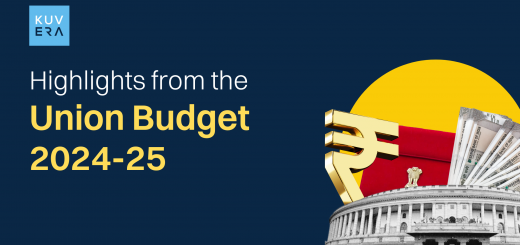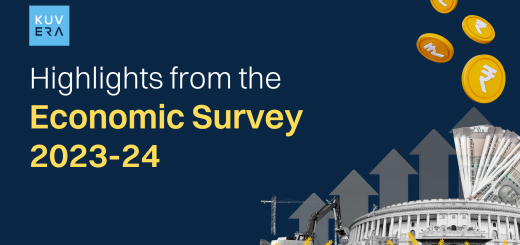Why do prices of the same thing differ across countries? Why may a dollar buy more in one place and less in another? That is because of Purchasing Power Parity.
When comparing economic indicators and living standards across countries, a crucial concept to consider is Purchasing Power Parity (PPP).
In this blog post, we will delve into the concept of PPP, its importance, and how it impacts international comparisons. By understanding PPP, you can gain insights into the relative purchasing power of different currencies and make more informed decisions. Read on to explore the significance of Purchasing Power Parity.
What is Purchasing Power Parity?
Purchasing Power Parity is a concept that measures the relative value of currencies by comparing the prices of identical goods and services in different countries. It aims to determine the exchange rate at which two currencies would have equal purchasing power, ensuring that a given amount of money can buy the same goods and services in different nations.
Imagine you have $10 in your pocket. In a country with a higher PPP, that $10 will buy you more goods and services compared to a country with a lower PPP. PPP accounts for differences in prices, making currency comparisons more meaningful.
PPP allows us to understand how much a currency is worth in terms of what it can buy, regardless of the exchange rate. It helps economists and policymakers assess the standard of living, economic competitiveness, and global trade dynamics.
PPP is often calculated using a basket of goods that represents typical consumer purchases. By comparing these prices across countries, economists can estimate the relative purchasing power of different currencies.
It’s important to note that PPP is a theoretical concept and doesn’t fully capture all economic factors. Exchange rates, government policies, and market forces also influence currency values.
How is PPP Calculated?
PPP is typically calculated by comparing the prices of a basket of goods and services across countries. This basket represents a standard set of goods, including food, housing, transportation, and other essential items. By comparing the cost of this basket in different currencies, PPP estimates the exchange rate that would equalize the purchasing power of those currencies.
Significance of Purchasing Power Parity
- Accurate Comparison of Living Standards
Purchasing Power Parity allows for a more accurate comparison of living standards across countries. By considering the relative purchasing power of currencies, PPP adjusts for differences in prices and helps evaluate the real buying power of individuals in different nations. It provides a more comprehensive understanding of economic conditions and the cost of living.
- International Trade and Investment Analysis
PPP also plays a vital role in international trade and investment analysis. By accounting for the differences in purchasing power, PPP can reveal the true competitiveness of countries in the global market. It assists in assessing the attractiveness of investment opportunities, determining export competitiveness, and evaluating the cost of production across borders.
- Economic Policy Formulation
Governments and policymakers often use PPP data to inform economic policies. PPP considerations help in formulating effective strategies related to foreign exchange rates, trade agreements, and economic development plans. It provides valuable insights into currency valuation and influences decisions that can impact international trade and economic relationships.
Limitations and Criticisms
- Data Reliability and Methodological Challenges
Obtaining accurate PPP data can be challenging due to variations in price levels, data quality, and methodologies employed. Different sources may use different basket compositions and data collection methods, leading to discrepancies in PPP calculations. These limitations should be acknowledged when interpreting PPP figures.
- Non-Tradable Goods and Services
PPP calculations primarily focus on tradable goods and services, while non-tradable items such as housing and local services may not be adequately reflected. This can affect the accuracy of PPP estimates, particularly in countries where non-tradable sectors represent a significant portion of the economy.
- Exchange Rate Volatility
While PPP provides a useful framework for understanding purchasing power, exchange rates can still experience significant fluctuations due to various factors. These fluctuations can temporarily distort the purchasing power relationships calculated by PPP.
Conclusion
Purchasing Power Parity (PPP) is a valuable concept that helps assess the relative purchasing power of different currencies and facilitates international comparisons. By considering PPP, we gain a more accurate understanding of living standards, trade competitiveness, and economic policy implications. However, it is essential to recognize the limitations and methodological challenges associated with PPP calculations. When used appropriately, PPP can provide valuable insights into currency valuation and assist in making informed decisions in the global economic landscape.
So, the next time you travel or explore the world economy, remember that Purchasing Power Parity sheds light on why your money might stretch further or not in different countries.
Interested in how we think about the markets?
Read more: Zen And The Art Of Investing
Watch/hear on YouTube:
Start investing through a platform that brings goal planning and investing to your fingertips. Visit kuvera.in to discover Direct Plans and Fixed Deposits and start investing today.











